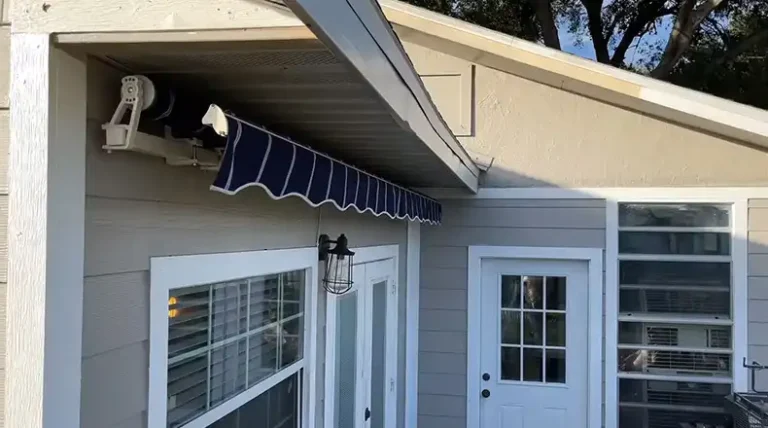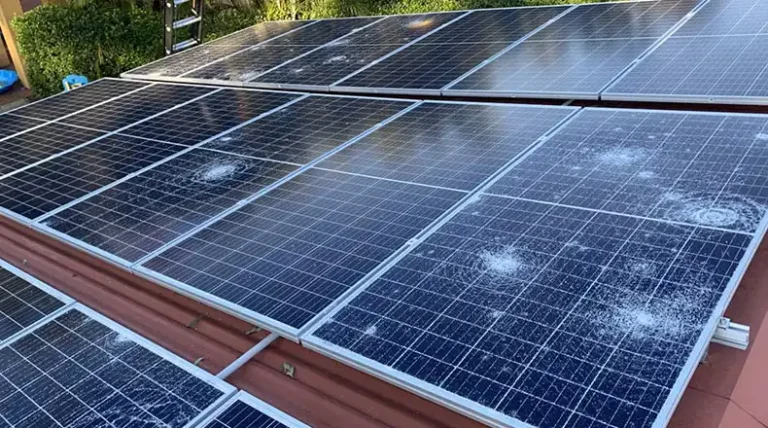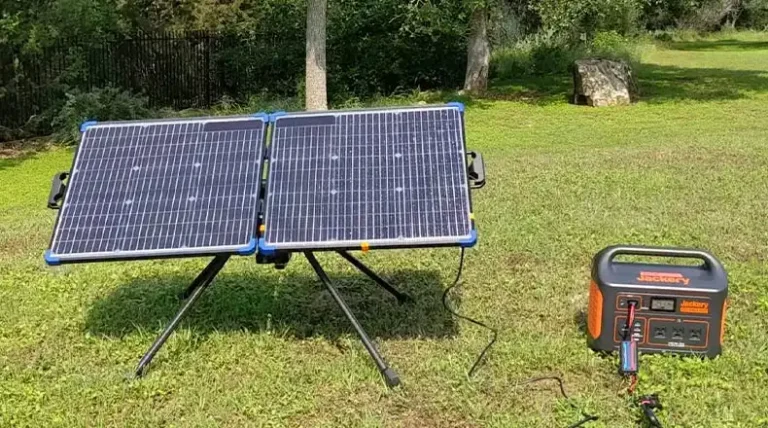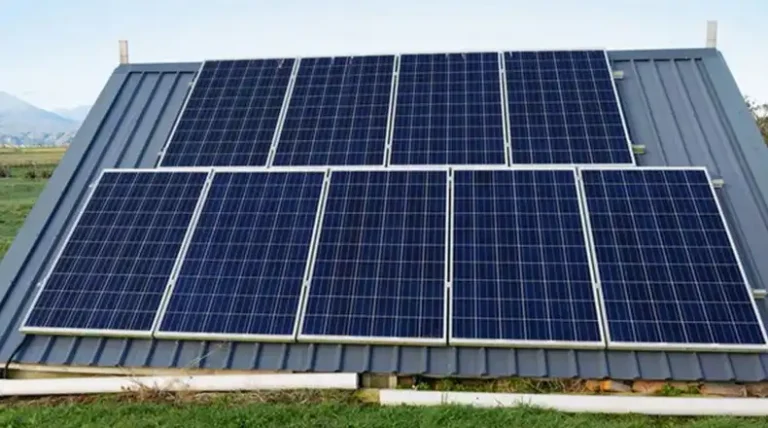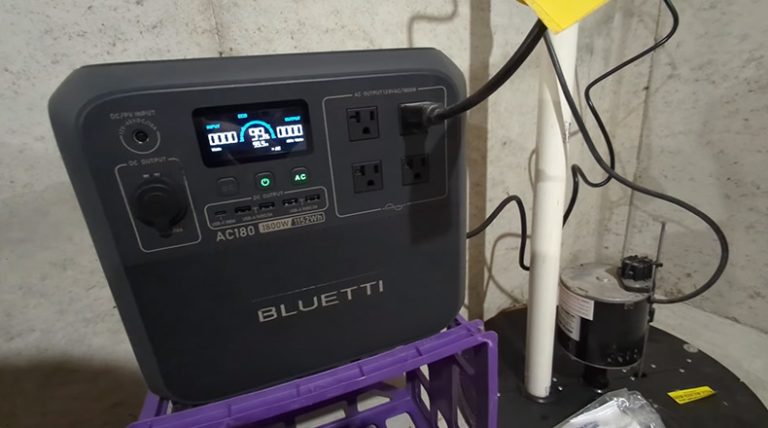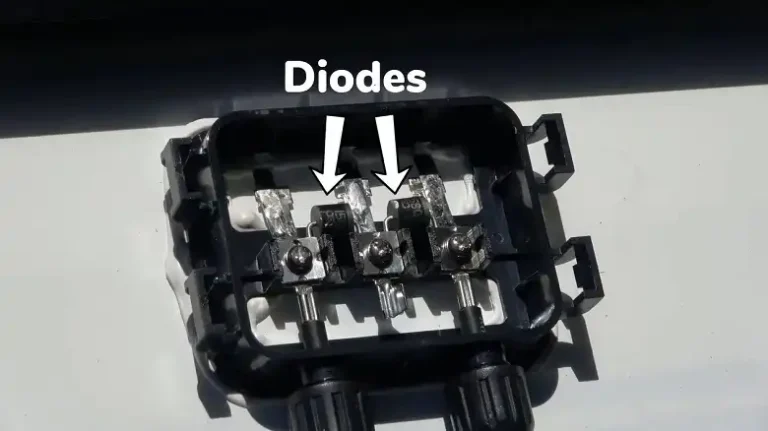How are Passive and Active Solar Systems Alike and Different?
Both passive and active solar power systems harness the sun’s energy but in different ways. While their goals are similar, the technologies vary significantly in how they capture and utilize solar energy. For this, you might ask how passive and active solar systems alike and different.
Passive solar relies on fixed design elements like windows, walls, and floors to directly collect solar thermal energy and lighting. Active solar uses mechanical devices like photovoltaic panels and pumps to convert sunlight into electricity and heated liquid.
Although distinct in function, both offer environmental and cost benefits that are driving solar adoption. Examining examples and applications illustrates when each system works best. In this solar saga, we’ll explore the realms of passive and active solar, deciphering their similarities, differences, and everything in between.
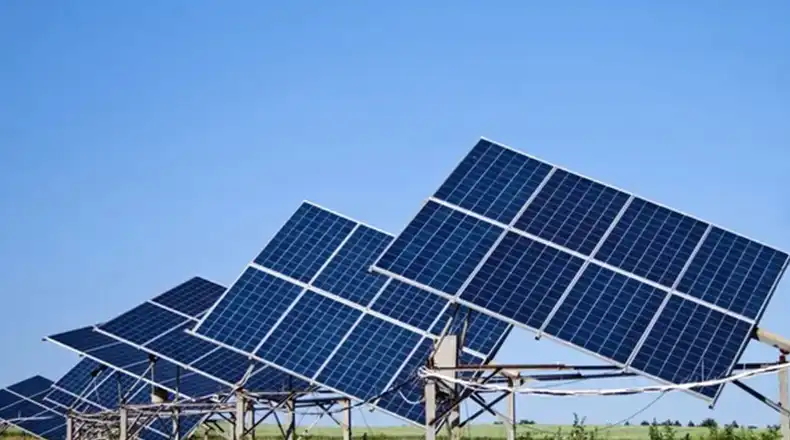
What is Solar Heating?
There are two types of solar heating: active and passive.
Passive Solar Heating:
- Definition: Passive solar heating involves designing structures to utilize heat and light from the sun without relying on mechanical devices.
- Mechanism: It relies on architectural design elements, such as the strategic placement of windows, thermal mass (materials that store and release heat), and insulation.
- Energy Systems: Use architectural design elements to passively capture and retain solar heat without relying on mechanical systems. Examples include south-facing windows and thermal mass.
- Application: Passive solar heating is about optimizing the building’s layout and features to naturally capture and retain solar heat, minimizing the need for additional heating systems.
- Example: South-facing windows allowing sunlight to enter during the winter, while eaves block direct sunlight during the summer, preventing overheating.
Active Solar Heating:
- Definition: Active solar heating uses collectors, storage devices, and mechanical systems like photovoltaic cells, heat pumps, and blowers to collect and distribute solar energy.
- Mechanism: It involves the use of technology to actively capture, convert, and distribute solar energy, often using electrical and mechanical components.
- Energy Systems: Utilize electrical and mechanical components to actively capture and distribute solar energy. Examples include solar panels, heat pumps, and blowers.
- Application: Active solar heating systems are more complex and can include solar water heaters, solar air heaters, and solar space heating systems.
- Example: Solar panels or collectors on the roof that absorb sunlight and convert it into electricity or heat, which is then used to power heating systems or stored for later use.
Similarities Between Passive and Active Solar
Despite their contrasting approaches, passive and active solar share these key commonalities:
- Convert sunlight into usable energy: Both passive and active solar systems utilize the sun’s energy to produce usable power. Passive solar systems convert sunlight into heat, while active solar systems convert sunlight into electricity.
- Reduce non-renewable energy use: Solar power displaces fossil fuels for heat, cooling, and electricity. By utilizing renewable solar energy, both passive and active solar systems reduce reliance on fossil fuels, minimizing greenhouse gas emissions and promoting environmental sustainability.
- Involve solar design strategies: Site planning and element placement are optimized for solar collection. Both passive and active solar principles can be applied to various scales, from small residential buildings to large-scale commercial and industrial facilities.
- Offer long-term cost savings: While the initial investment in active solar systems may be higher, both passive and active solar systems can lead to significant cost savings over time due to reduced energy bills and reliance on fossil fuels.
- Both systems contribute to energy independence: Both passive and active solar systems promote energy independence by reducing dependence on traditional grid-based electricity sources, empowering individuals and communities to generate their own power.
At their core, both passive and active solar leverage the same abundant free fuel – sunlight.
Key Differences Between Passive and Active Solar
Here are the differences between passive and active solar:
1. Use of mechanical or electrical components
- Passive solar: Does not use any mechanical or electrical components to capture and utilize sunlight.
- Active solar: Uses mechanical or electrical components to capture and convert sunlight into electricity.
2. Mechanism of capturing and utilizing sunlight
- Passive solar: Relies on natural processes, such as convection and conduction, to distribute and store solar energy.
- Active solar: Employs mechanical or electrical devices, such as solar panels and pumps, to collect, convert, and distribute solar energy.
3. Cost and simplicity of installation
- Passive solar: Generally more affordable and simpler to install, as it doesn’t require complex equipment or specialized expertise.
- Active solar: Typically more expensive and requires specialized installation due to the involvement of mechanical or electrical components.
4. Efficiency in different climatic conditions
- Passive solar: Generally more efficient in climates with mild temperatures, where natural processes can effectively regulate heat gain and loss.
- Active solar: This can generate electricity even in colder or cloudier climates, as it relies on the direct conversion of sunlight into electricity rather than heat transfer.
5. Ability to generate electricity during non-sunlight hours
- Passive solar: Primarily effective during daylight hours, as it relies on direct sunlight to provide heat or light.
- Active solar: Can store excess electricity generated during daylight hours in batteries, allowing for power use even when the sun is not shining.
Understanding these distinctions helps determine which approach may suit your particular solar needs and goals.
The table below summarizes the main differences:
| Passive Solar | Active Solar |
| Fixed solar collectors | Mechanical solar collectors |
| Natural Process | Use Electrical Devices |
| Cheap and Simple | Costly and Complex |
| Direct heating and cooling | Stores energy for later use |
| Relies on architectural design | Works as a standalone system |
Passive vs. Active Solar Examples
These examples clearly illustrate the differing solar technologies:
- Passive: Using a sunroom with large south-facing windows for direct natural lighting and ambient heating.
- Active: Rooftop photovoltaic panels generate electricity stored in batteries for future use.
- Passive: Thermal mass wall designed to absorb heat from sunlight during the day.
- Active: Solar water heating panels that pipe chilled liquid into a storage tank to be circulated later.
While passive directly captures solar energy as it’s available, active solar involves more complex systems that can store and distribute energy on demand.
Pros and Cons of Each Solar Approach
Passive solar offers simplicity and elegance but is more constrained:
Pros:
- Direct and uncomplicated operation.
- Requires minimal maintenance since no moving parts.
- Can significantly reduce the need for heating and cooling energy.
- Aesthetically pleasing as part of architectural design.
- Low-cost addition when included in initial building construction.
Cons:
- Very limited control over energy capture, no storage capacity.
- Greatly impacted by climate and weather conditions.
- Requires optimal solar orientation and site planning.
- Provides minimal benefits at night or during cloudy periods.
- Difficult to retrofit into existing buildings.
Active solar provides maximum flexibility but at a higher cost and complexity:
Pros:
- Extremely versatile and works in any climate.
- Allows energy storage for use anytime, not just when the sun is present.
- Sophisticated controls allow energy distribution on demand.
- Can be retrofitted to existing buildings.
- Higher efficiency solar collection than passive techniques.
- Provides greater energy savings and quick payback.
Cons:
- Relatively complex mechanical and electrical engineering.
- Substantially higher upfront investment than passive solar.
- Requires regular system maintenance.
- Solar array installation is very site-specific.
- Could require electrical upgrades or utility coordination.
- Aesthetic/land use concerns with large arrays.
The detailed pros and cons help illustrate the inherent tradeoffs between simplicity and capability when choosing a solar power approach.
Verdict: Which One Should You Get?
Passive solar works best when integrated into a solar-optimized building design located in an ideal climate. It pairs well with smart landscaping and energy-efficient building techniques.
Active solar functions as an add-on system for most existing buildings. It offers the greatest energy production and savings but with a higher price tag.
Many homes benefit from a hybrid approach combining passive solar design with active solar components like photovoltaic panels. The ideal solution depends on your climate, solar goals, and budget.
End Notes
While the core premise of utilizing sunlight is the same, passive and active solar employ very different technologies with their own strengths and limitations. Passive solar seamlessly integrates into architectural design to directly heat and cool spaces when available. Active solar generates a larger energy supply but requires mechanical systems to collect, store, and disperse solar power on demand. Your climate and needs will dictate which approach is right for your home. With their combined environmental and cost-saving benefits, both passive and active solar provide a smart long-term investment.
Frequently Asked Queries
What Is A Hybrid Solar System?
A hybrid combines passive solar design with active solar technologies like photovoltaic panels.
Which Is More Cost-Effective Long-Term?
Active solar has higher upfront costs but offers greater lifetime energy savings.
How Are Solar Water Heaters Categorized?
As active solar since fluid needs to be pumped through panels.
What Climate Conditions Favor Each Approach?
Passive work best in consistently sunny climates. Active succeeds anywhere.
Are There Portable Passive Solar Devices?
Some examples are solar cookers, passive solar water heaters, and portable sun spaces.

